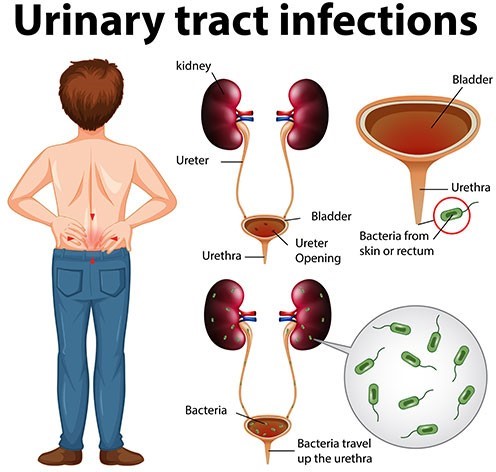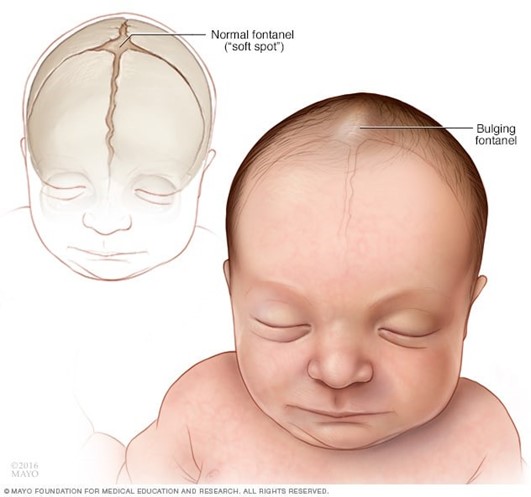A nurse is planning care for an adolescent who has scoliosis and requires surgical intervention.
Which of the following behaviors by the adolescent should the nurse anticipate because it is the most common reaction?
Body image changes.
Loss of privacy.
Feelings of displacement.
Identity crisis.
The Correct Answer is A
Adolescents affected by scoliosis often experience body image dissatisfaction.
Therefore, the nurse should anticipate body image changes as the most common reaction.
Choice B is not correct because loss of privacy is not the most common reaction
when dealing with scoliosis surgery.
Choice C is not correct because feelings of displacement are not the most
common reaction when dealing with scoliosis surgery.
Choice D is not correct because identity crisis is not the most common reaction
when dealing with scoliosis surgery.

Nursing Test Bank
Naxlex Comprehensive Predictor Exams
Related Questions
Correct Answer is ["A","B","C","D","E"]
Explanation
The nurse should include all of these points in the teaching.
A. Avoiding bubble baths can help prevent irritation and infection.
B. Watching for manifestations of infection can help detect any worsening or recurrence of the infection.
C. Emptying the bladder completely with each void can help prevent urine from remaining in the bladder and causing infection.
D. Wiping the perineal area front to back can help prevent bacteria from
spreading to the urethra.
E. Wearing cotton underpants can help keep the area dry and reduce the risk of infection.

Correct Answer is C
Explanation
A bulging fontanel is a manifestation associated with a CNS infection in an 11- month-old infant.
A bulging fontanel can be a sign of increased intracranial pressure, which can
occur with meningitis or encephalitis, both of which are types of CNS infections.
Choice A is incorrect because oliguria, or decreased urine output, is not typically associated with a CNS infection.
Choice B is incorrect because jaundice, or yellowing of the skin and eyes, is not typically associated with a CNS infection.
Choice D is incorrect because a negative Brudzinski sign would indicate that there is no neck stiffness, which would be an unlikely finding in a CNS infection.

Whether you are a student looking to ace your exams or a practicing nurse seeking to enhance your expertise , our nursing education contents will empower you with the confidence and competence to make a difference in the lives of patients and become a respected leader in the healthcare field.
Visit Naxlex, invest in your future and unlock endless possibilities with our unparalleled nursing education contents today
Report Wrong Answer on the Current Question
Do you disagree with the answer? If yes, what is your expected answer? Explain.
Kindly be descriptive with the issue you are facing.
